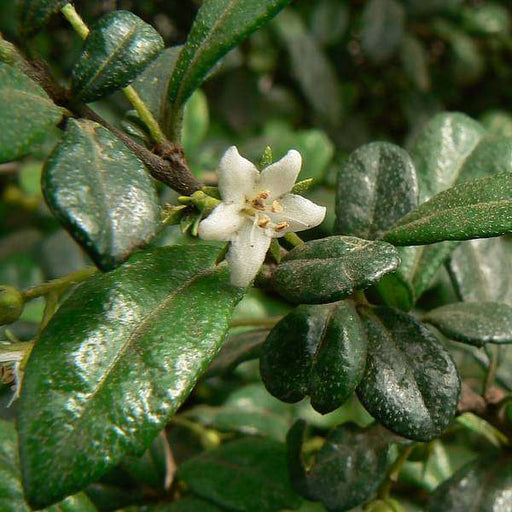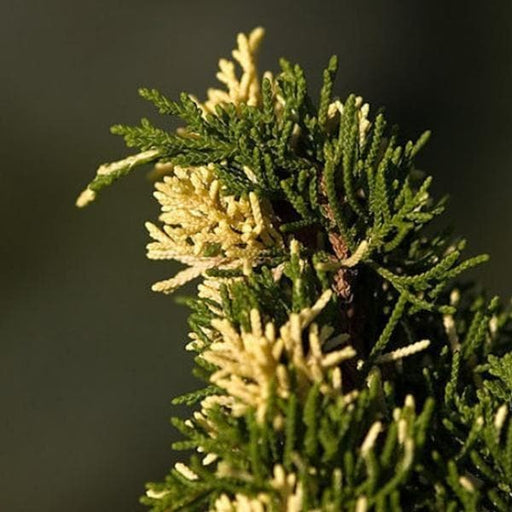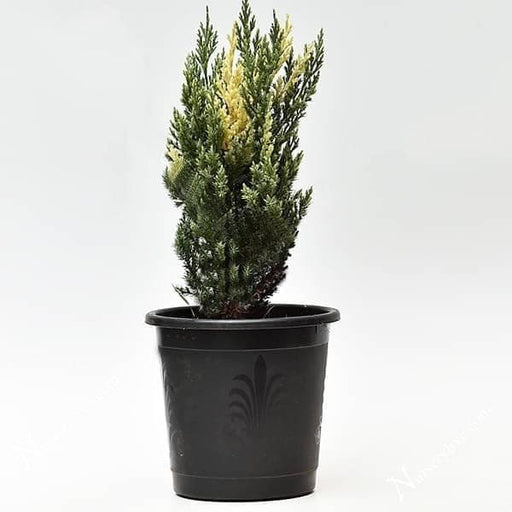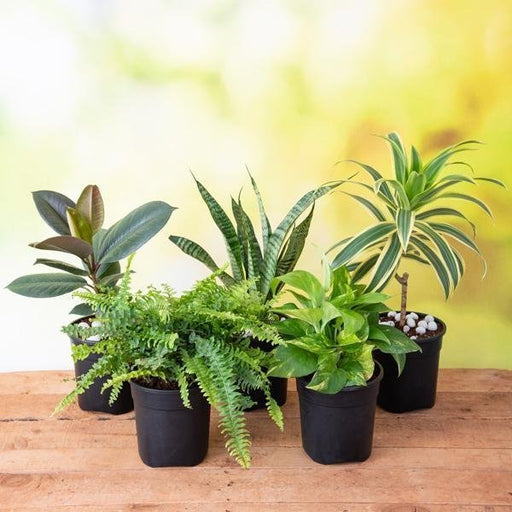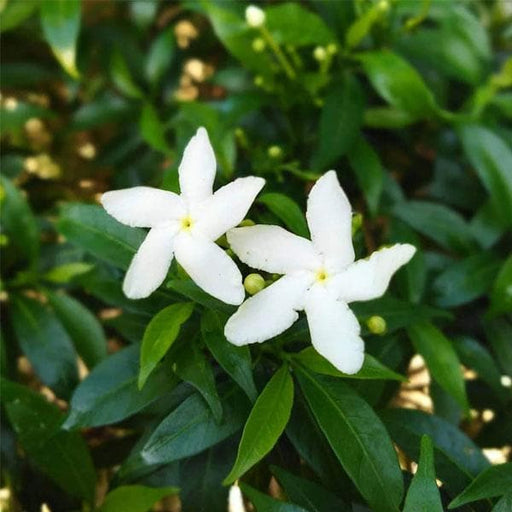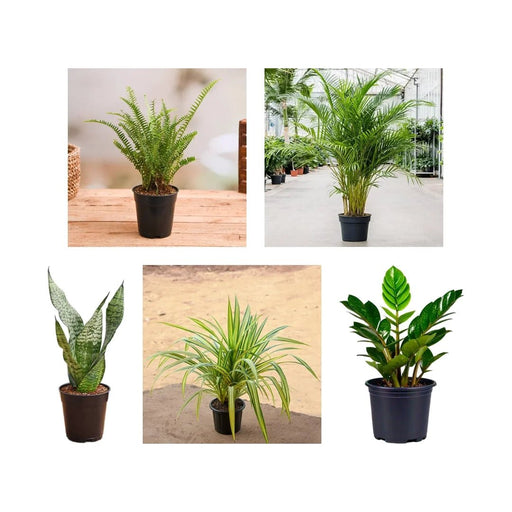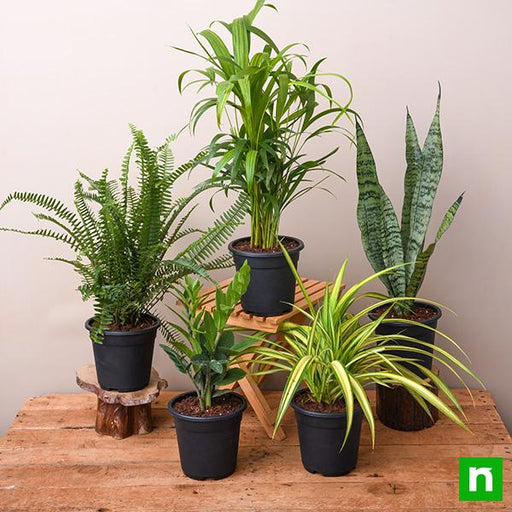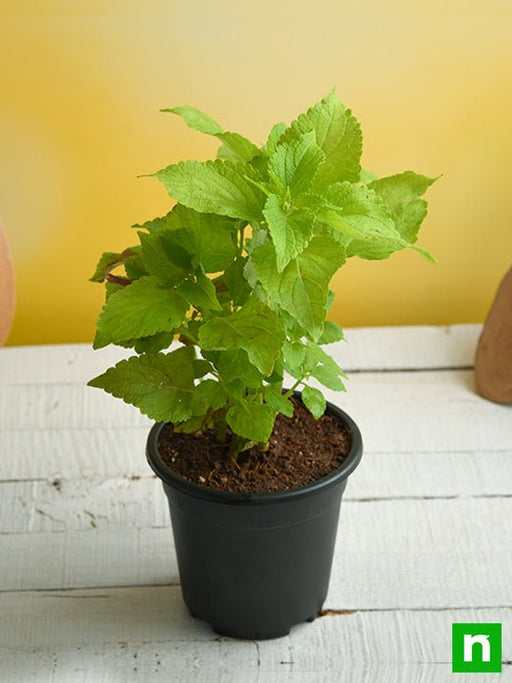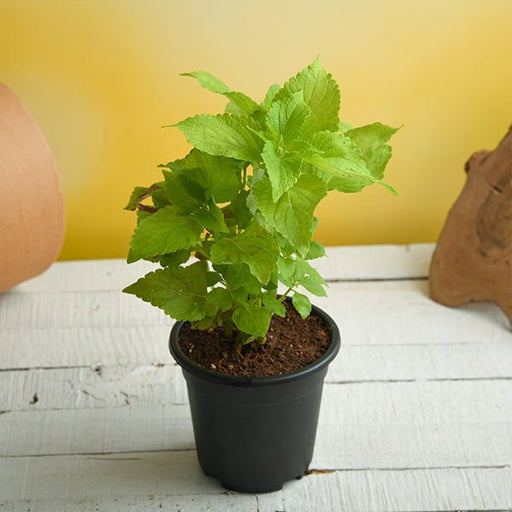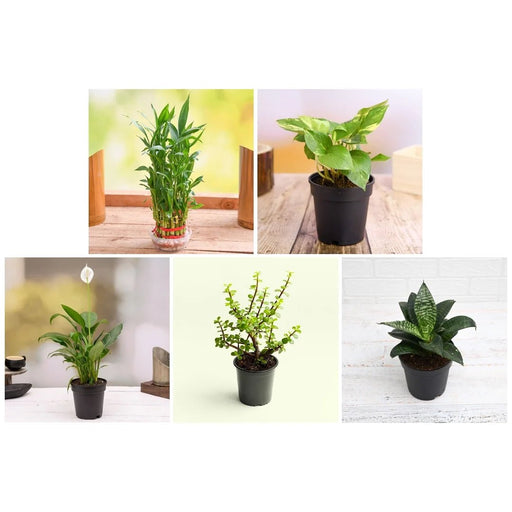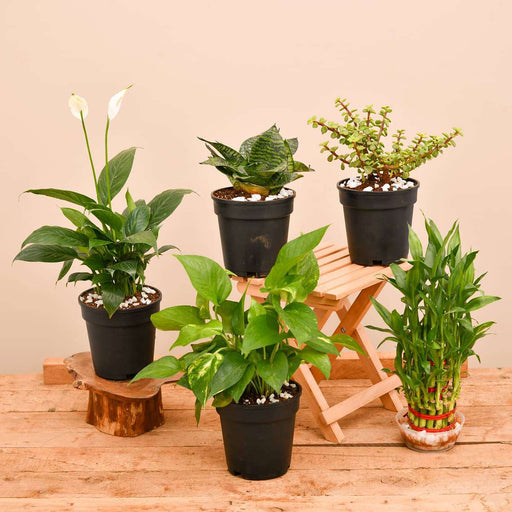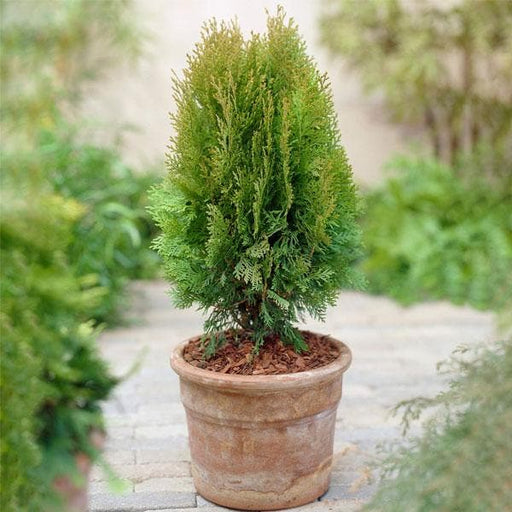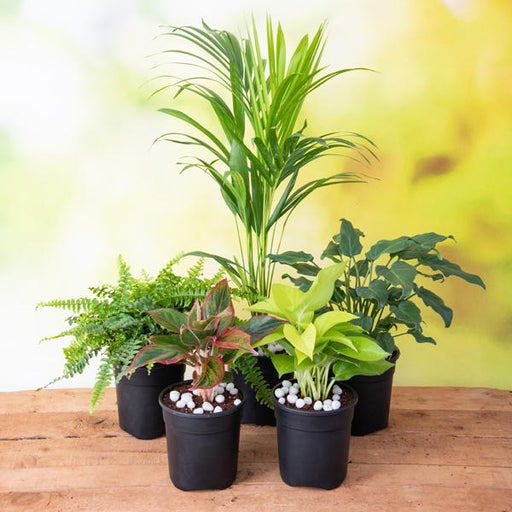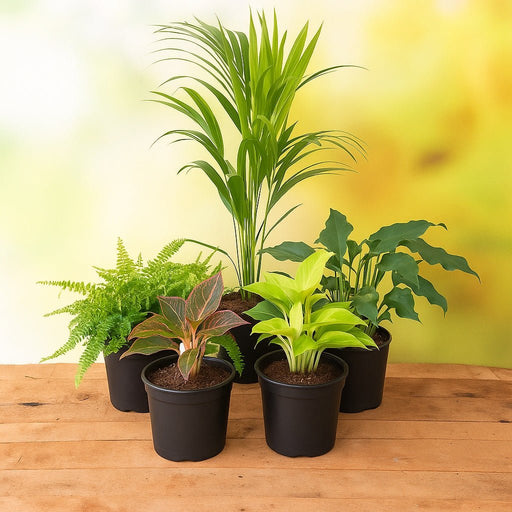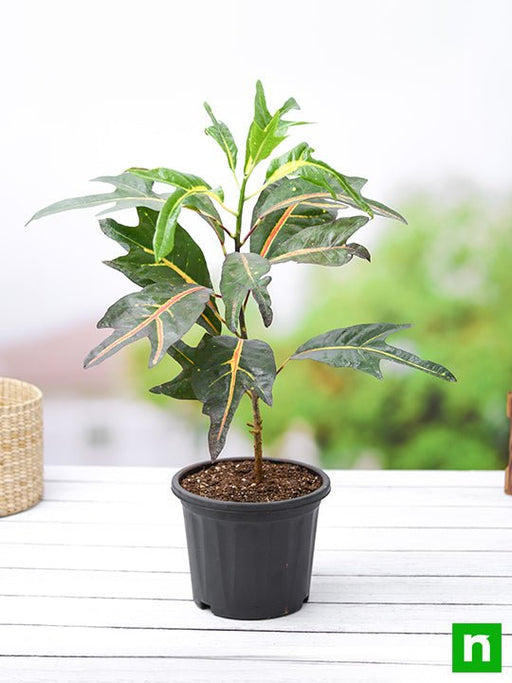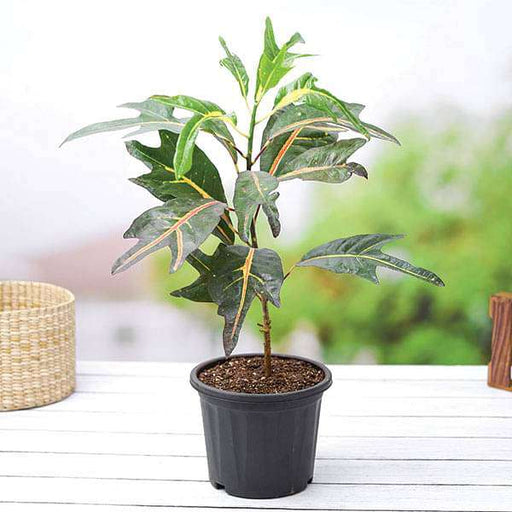Types of Shrubs Plants
Shrubs plants come in a variety of types, each with its unique characteristics, colors, and growth habits. In this article, we will explore the different types of shrubs plants and provide information on how to grow and care for them.
Growing Shrubs Plants
Growing shrubs plants can be a fun and rewarding experience. In this article, we will provide tips and advice on how to grow shrubs plants successfully, including soil preparation, watering, and fertilization.
Care and Maintenance of Shrubs Plants
Proper care and maintenance of shrubs plants can help them thrive and produce a bountiful harvest. In this article, we will discuss the best practices for pruning, fertilizing, and pest control of shrubs plants.
Shrubs Plant Diseases
Shrubs plants are susceptible to a variety of diseases, including fungal infections, bacterial diseases, and viral infections. In this article, we will explore the common diseases that affect shrubs plants and provide tips on how to prevent and treat them.
Shrubs Plant Pests
Shrubs plants can be attacked by a variety of pests, including insects, mites, and rodents. In this article, we will discuss the common pests that affect shrubs plants and provide tips on how to prevent and control them.
Benefits of Shrubs Plants
Shrubs plants not only add beauty and aesthetic value to your home but also offer many benefits, including air purification and soil erosion control. In this article, we will explore the benefits of shrubs plants and how they can improve your overall well-being.
Shrubs Plants for Landscaping
Shrubs plants are a popular choice for landscaping due to their beauty, fragrance, and ability to attract beneficial insects. In this article, we will provide advice on how to choose the right shrubs plants for your landscape and how to incorporate them into your overall design.
Shrubs Plants for Hedging
Shrubs plants can be used to create a natural and attractive hedge around your property. In this article, we will explore the best shrubs plants for hedging and provide tips on how to create a beautiful and functional hedge.
Shrubs Plants for Screening
Shrubs plants can also be used to create a natural privacy screen around your property. In this article, we will explore the best shrubs plants for screening and provide tips on how to create an attractive and effective screen.
Shrubs Plants for Winter Interest
Some shrubs plants can add color and interest to your garden during the winter months. In this article, we will explore the best shrubs plants for winter interest and provide advice on how to care for them.
Shrubs Plants for Summer Interest
Shrubs plants can also add color and interest to your garden during the summer months. In this article, we will explore the best shrubs plants for summer interest and provide advice on how to care for them.
Shrubs Plants for Fall Interest
Some shrubs plants can add color and interest to your garden during the fall months. In this article, we will explore the best shrubs plants for fall interest and provide advice on how to care for them.
Shrubs Plants for Edible Landscaping
Some shrubs plants are edible and can be used to create a functional and attractive landscape. In this article, we will explore the best shrubs plants for edible landscaping and provide information on their culinary uses and growing requirements.
Shrubs Plants for Drought-Tolerant Landscaping
Shrubs plants that are drought-tolerant can be a great choice for landscaping in dry and arid climates. In this article, we will explore the best shrubs plants for drought-tolerant landscaping and provide tips on how to care for them.
Shrubs Plants for Shade
Some shrubs plants thrive in shady areas and can add color and interest to your garden. In this article, we will explore the best shrubs plants for shade and provide advice on how to care for them.
Shrubs Plants for Sun
Shrubs plants that require full sun can add brightness and color to your garden. In this article, we will explore the best shrubs plants for full sun and provide tips on how to care for them.
Shrubs Plants for Containers
Shrubs plants can also be grown in containers, making them a great choice for small gardens or patios. In this article, we will explore the best shrubs plants for container gardening and provide advice on how to care for them.
Shrubs Plants for Wildlife
Shrubs plants can attract a variety of wildlife, including birds, butterflies, and bees. In this article, we will explore the best shrubs plants for wildlife and provide tips on how to create a wildlife-friendly garden.
Shrubs Plants for Cut Flowers
Some shrubs plants can be used to create beautiful cut flower arrangements. In this article, we will explore the best shrubs plants for cut flowers and provide tips on how to care for them.
Shrubs Plants for Winter Protection
Shrubs plants can provide protection for other plants in your garden during the winter months. In this article, we will explore the best shrubs plants for winter protection and provide advice on how to care for them.





